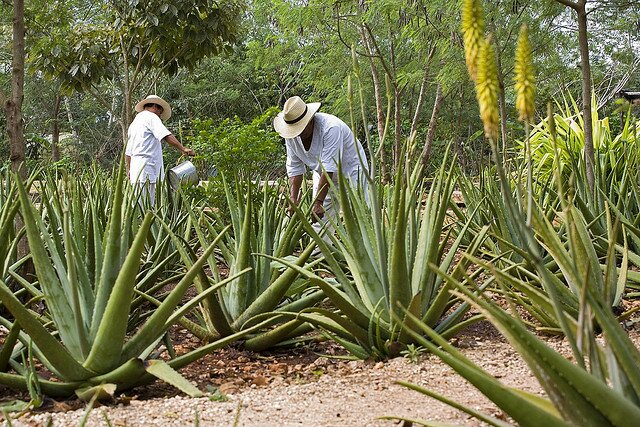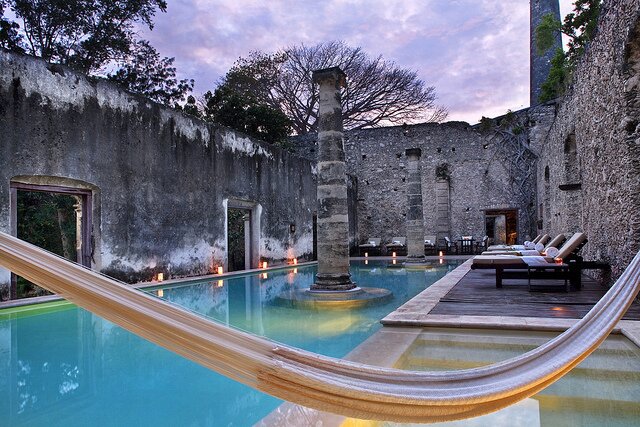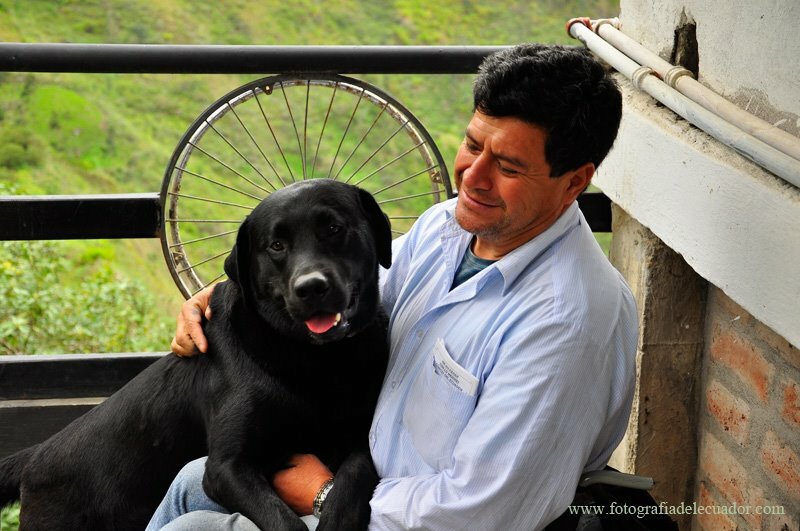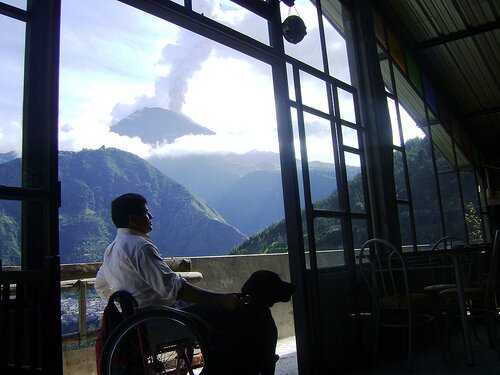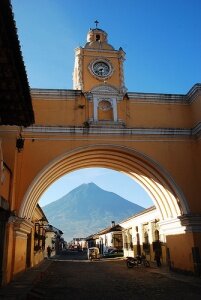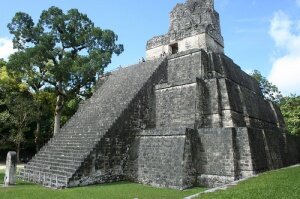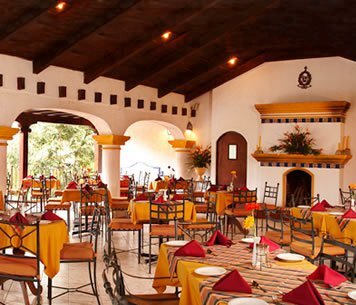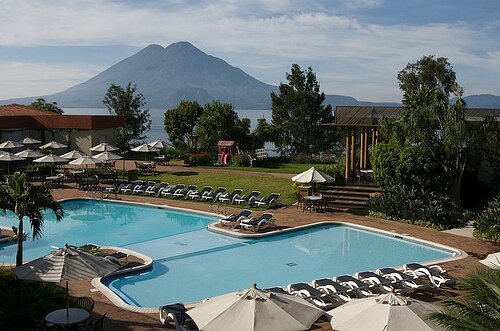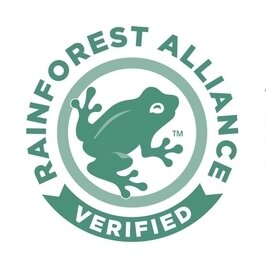Vea esta publicación en español.
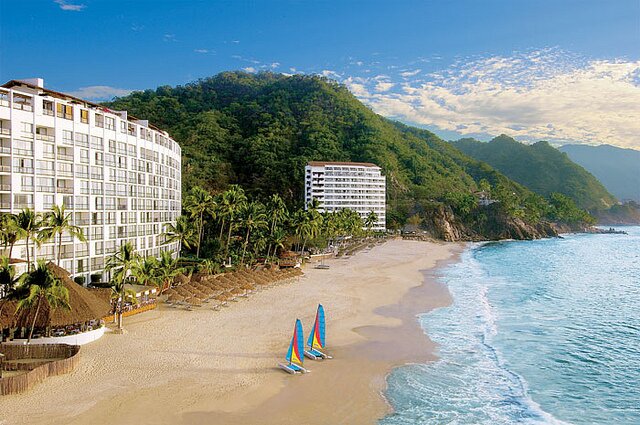
Do you want to see the beautiful Mexican Caribbean? Perhaps watch whales in the Pacific near the wonderful Baja California peninsula? Or learn about the rich and varied culture of the country by visiting rural destinations and archaeological sites? Mexico has all this and much more to offer. Better yet, most of these places have sustainable accommodation options to suit the needs of every tourist.
Since 2005, the Rainforest Alliance has been promoting sustainable tourism in Mexico, primarily as an active member of the Mesoamerican Reef Tourism Initiative (MARTI). Also, there are now 81 tourism companies active in the Rainforest Alliance verification program in Mexico, ranging from small hotels to large resorts, mainly in Mexico City and the Mexican Caribbean. These companies recently received the S Distinction awarded by the Mexican Secretariat of Tourism (SECTUR) to companies committed to sustainability practices.
The Rainforest Alliance has been working with the AMResorts hotel chain to improve the sustainability performance of its hotels in Mexico. AMResorts has six luxury hotel brands with 32 properties in Mexico, Jamaica, Curacao, and the Dominican Republic that cater to all kinds of guests, from young families and newlyweds on honeymoons to adventure travelers.
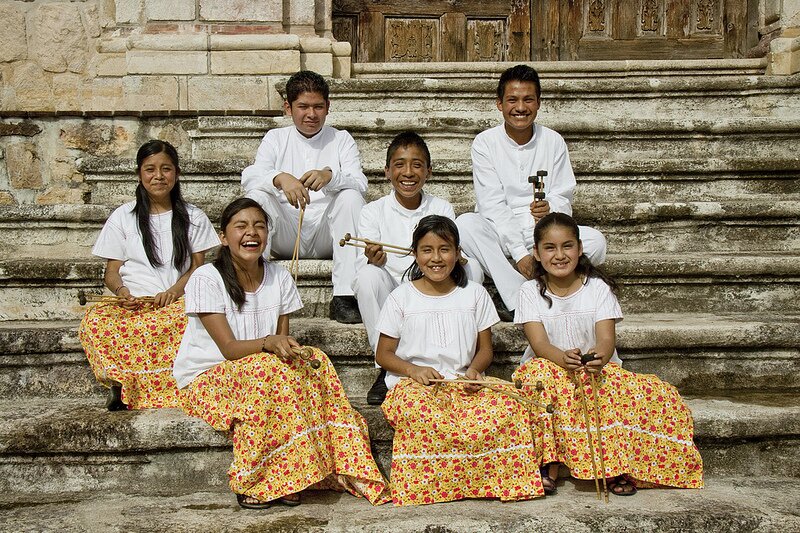
Thanks to this collaboration, AMResorts has made impressive investments in a number of wildlife conservation programs and enterprises designed to benefit local communities. For example, Dreams Puerto Vallarta Resort & Spa has released more than 300,000 sea turtle hatchlings through its Dreaming of Freedom habitat protection program. Dreams Puerto Aventuras Resort & Spa provides space in its gift shop where the neighboring Maya community sells artisanal products such as jellies and honeys. At Dreams Tulum Resort & Spa, staff are motivated to start their own businesses selling services to the resort, such as car washes, barber shops, and convenience stores.
More than 10,000 of AMResort's employees in Mexico are receiving online training in best management practices for sustainable tourism so that they themselves become agents of change in the hotels, as well as in their homes and communities. This training will be extended to other Mexican companies verified by the Rainforest Alliance.
The Rainforest Alliance is also working with the Mexican government's Secretary of Environment and Natural Resources (SEMARNAT) to promote sustainable tourism practices among small and medium-sized ecotourism businesses, mainly in rural communities, which can apply for certification under their national standard. These small businesses are found throughout the country, from the Vizcaino Reserve in Baja California Sur to the Sian Ka'an Biosphere Reserve on the Yucatan Peninsula. All offer varied and invaluable natural and cultural wealth and are key to preserving traditional Mexican cultures and valuable ecosystems. Moreover, these small businesses are the main or only source of income for these communities and families.
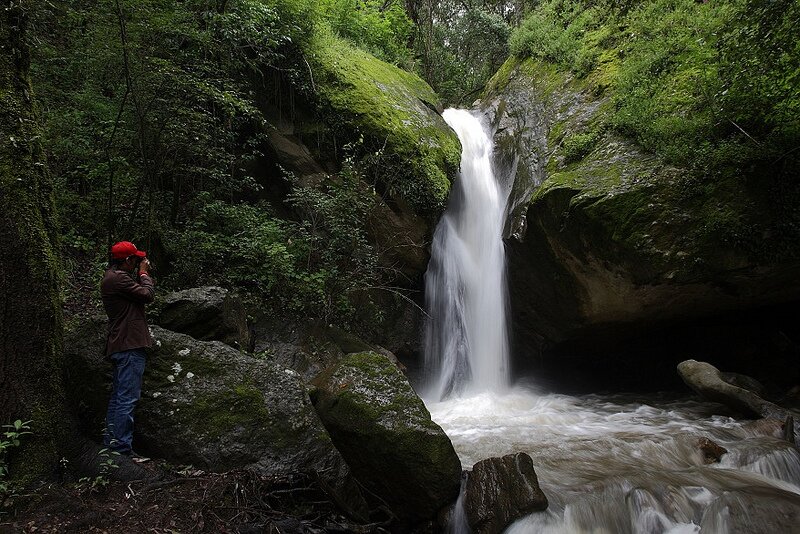
To date, the Rainforest Alliance has assessed the sustainable performance of nearly 40 tourism businesses in 11 ecotourism circuits in Mexico, and has trained about 94 people from 35 companies on planning and sustainable management of their businesses and ecosystems. As a result, businesses not only improved their practices, but some of them also became Rainforest Alliance VerifiedTM , which means that they met the Rainforest Alliance's standards for sustainable tourism businesses.
The next time you visit Mexico be sure to look for businesses – whether small rural inns, medium-size hotels, or luxury resorts – with the seal of the Mexican Ecotourism Standards, the S Distinction, or the Rainforest Alliance VerifiedTM mark. We make it easy for you – you can find a list of them on SustainableTrip.org!



